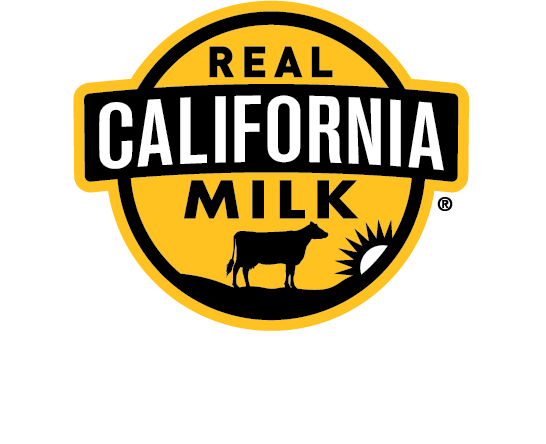From the April 2016 Newsletter
European Butter Sets the Table
Chefs Seek More Flavor

Old World versus New World controversies thrive in many aspects of the restaurant industry, as consumers’ preference rise and fall regarding the benefits of the Mediterranean diet, the daily amounts of calories, protein and fat, Bordeaux or Cabernet wines, and at a basic level – European or American butter.
The main differences between European-style cultured butter and the U.S. standard sweet cream butter are the higher fat content and slow churn of the Euro-version. European butter boasts 83% butterfat while non-cultured butters have an 80% butterfat. Fat equals flavor and with cultured butters, you can taste the difference.
The popularity of European butters in foodservice, center on an operator’s desire to differentiate from the competition. One way to stand out is to make a strong first impression by offering an upscale bread service. How a foodservice operation presents bread can add a nice touch to the brand experience with some true table theater.
Serving flavorful, crusty bread with European-style butter indicates class and patrons will expect to pay more for entrees. Spend a little more up front and charge for it elsewhere on the menu. We recommend calling out the use of California European butter to further bolster the brand experience. It will add flavor to your brand and can increase your bottom line.
European butter is also popular in baking. If you are making pastry or laminated dough for croissants or pie dough, California European-style butter will make a big difference. Because it has less water, it remains solid for a longer period in the oven and results in many more layers.
Investing more in raw materials permits higher prices and more gross profit. Use California butter to delight patrons so they return frequently and bring friends.

